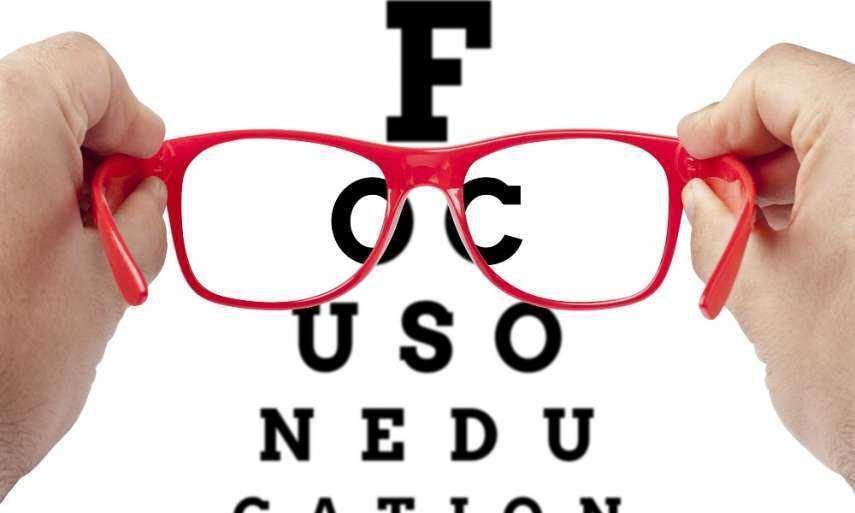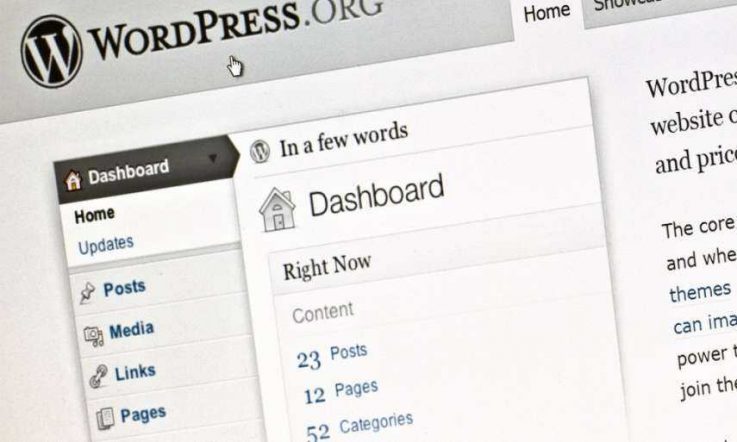This is an edited version of an article that was originally published in the September 2010 print editon of Teacher.
We all know that our best teaching and learning programs respond to the prior knowledge and experiences of our students , but how can we ensure personally tailored and responsive programs extend across a whole school? Ian Sloane has some answers.
Individualised or personalised learning, as HSBC iNet Chair of International Leadership David Hopkins, explains, are not identical. ‘Individualised learning,’ Hopkins explains, ‘risks the weaker students most, for they are the ones who benefit from a wellstructured learning environment. Individualised learning weakens the broader curriculum experience of the child, by reducing the social (and moral) dimension that is an inevitable part of learning together. In personalised learning, the input to the whole group is designed in a way that enables individual pupils to receive it differently according to their prior knowledge and experiences, and the design of the learning process.’
The distinction, essentially, is between the more radical provision of individual programs to individual students – as a deschooling alternative to universalism – and the provision of personally tailored and responsive programs to students – within schools.
Governments and education systems demand accountability at an individual level and improvement from schools based on group and individual achievement. Equally, parents focus on their own child’s achievement. These together have shifted pedagogical thinking to a focus on personalised learning.
In order for this to become a reality, teachers have to agree about the need to change their practice and then work out, in teams, how they are going to do it. One way that has worked at Mitcham Primary School in Melbourne’s eastern suburbs is the formation of working partnerships between parents, children and their teacher. Let me describe how that has evolved.
Individual learning plans
Mitcham PS created personalised learning improvement plans (LIPs) for the lowest achieving 10 per cent of the children in 1996. Following a deal of staff discussion in the years to 1999, we came to the conclusion that these had not been as effective as planned, partly because they were a new concept, which we’d developed ourselves, and partly because we’d implemented them without parent and student input, which meant there was low commitment from these groups. These LIPs were replaced in June 1999 with personalised individual learning plans (ILPs) for the highest achieving 10 per cent and the lowest achieving 10 per cent of each class. Over the next year, we saw benefits in our evaluation of each student’s progress periodically and in discussion of outcomes with parents. Because our students knew that their progress in the areas where goals had been set was going to be checked, they needed to do something to show that they had been trying to improve. This progressively led teachers to reorient their thinking.
Some teachers were more ambitious and decided they’d like to use ILPs with other children in their class. We devised a suitable form to articulate the goals that we had for the children. Gradually, over the next two years, we reached the position where every child in every class had an ILP written and signed off by their parents. Parents were asked to play a role, but in many cases it was a minimal role and the ILP was not as effective as we’d hoped. Some teachers involved the children in formulating the plan, however, and it was as a result of this approach that we ultimately changed the process.
After four years of orienting teaching practice towards the tailored and responsive delivery of learning outcomes, we decided it was time for some external evaluation and commissioned the Australian Council for Educational Research to evaluate our progress and work with individual teachers and groups of teachers in order to further refine our approach.
Montessori program
We kept sharpening our focus on each individual student in every classroom in order to tailor teaching and learning to be responsive to individual needs for a number of years, then the opportunity arose to consider a Montessori education program to provide choice for parents. The School Council and staff members investigated programs at a number of Montessori schools and preschools. With the support of the vast majority of the school community, and the unanimous support of the staff, the School Council agreed to recruit our first trained Montessori teacher in 2003 to commence in 2004. The program has since grown to five classes this year.
Montessori education offers tailored and responsive education in its most highly developed form. It provides freedom for children within a structure: children choose their work, exercising choice over their learning, sometimes with guidance by the teachers, if a child loses focus. The school has access to a full suite of Montessori equipment and the teachers all have or are undertaking Montessori qualifications. The program is available to children who have completed three years in a recognised Montessori preschool undertaking Cycle 1 education – three- to six-year olds – entering the school in Year 1. The school offers Cycle 2 education– six- to nine-year olds – and Cycle 3 education – nine- to 12-year olds – to students in the Montessori stream.
This will always be a modestly sized program, given the school’s population, but it has had a major influence on the way all teachers think about how they approach their work, and the tools and equipment that they use to introduce and reinforce concept development. It’s the intimately tailored and responsive nature of Montessori teaching interactions that lies at the heart of the success of the program.
Mainstream teachers have the opportunity to observe in the Montessori classrooms and discuss the theory underpinning the materials, their presentation and the independent learning which occurs under the Montessori teacher’s direction.
More sophisticated action
The Victorian Department of Education and Early Childhood Development (DEECD) introduced a new form of whole-school planning to create school strategic plans mid-way through 2005.
As a staff, we’d already realised that the most powerful learning and the strongest commitment comes when the children have a say in and assist to shape and decide on their learning goals. We refined the forms that we were using again to reflect our school strategic plan, which led us to create a number of key improvement strategies, including:
- developing quality parent, teacher and student conferences to implement individual student goals and plans
- developing personalised teaching and learning principles and programs catering for dominant learning styles in all learning strands
- developing a thinking-oriented and inquiry-based approach to cater for students’ interests and learning styles, and
- providing ongoing professional development in personalised learning.
These improvement strategies were extended in our 2010-2013 strategic plan, which has a more detailed focus on personalised learning and teaching principles and the thinking- oriented and inquiry-based approach employed in all classrooms.
Ultra-mobile personal computing
The School Council approved the purchase of a number of Fourier Nova5000 personal appliances in 2006, which operate in a very similar manner to an ultra-mobile personal computer or netbook. Unfortunately, we had extreme difficulty in enabling them to connect with the school’s wireless network because of compatibility issues with the DEECD’s eduPaSS server.
Eventually, we abandoned the project and in 2007 began planning for a self-funded pilot program using Intel Classmate PCs, a new ultramobile personal computer at the time with a 40GB hard drive.
This project involved three classes where every child was provided with a Classmate PC. The three classes started to devise learning programs using Classmate PCs, while also focusing on skills like handwriting and spelling, which teachers and parents had identified as needing regular instruction and practice.
We’ve extended the program this year so that every child in Years 3 to 6 in mainstream classes and every child in Cycle 3 Montessori classes has an ultra-mobile personal computer for use during the school day. All ultra-mobile personal computers are wireless enabled, and we have a rich variety of software programs and web 2.0 resources to support their use.
Effective teaching and learning
About three years ago, we again revised what we were doing, to examine what constitutes effective teaching and effective learning programs, and to review the literature. We re-examined our planning for individual learning, the use of modelling and demonstration, and the ways we develop strong relationships with our students. Our conclusions? Effective teachers know their students, their preferred thinking styles, and their strengths and weaknesses. Effective teachers are flexible, teach to a range of learning styles and abilities, and use inquiry-based learning. Effective teachers work with small groups or with individual children and use goal-setting for small groups and individual children. Effective teachers demonstrate that children are valued; they use self-reflection on a regular basis; they plan with the children using a variety of resources; and they remain up to date with research and pedagogy.
These conclusions underpinned the thinking behind the new school strategic plan written in 2009 after our DEECD school review. All our professional development is linked to our school strategic plan goals, and teachers regularly report to the school administration on their progress on the strategic aims.
Have we improved learning outcomes for our children? External validation – in the form of DEECD reviews and results from the Victorian Achievement Improvement Monitor tests, National Assessment Program Literacy and Numeracy tests and University of New South Wales tests – suggests we have.
References
Hopkins, D. (2007). Every School a Great School: Realising the potential of system leadership. Maidenhead: Open University Press.
This is an edited version of an article that was originally published in the September 2010 print edition of Teacher. Author details have remained unchanged and may not be accurate at this point in time.



